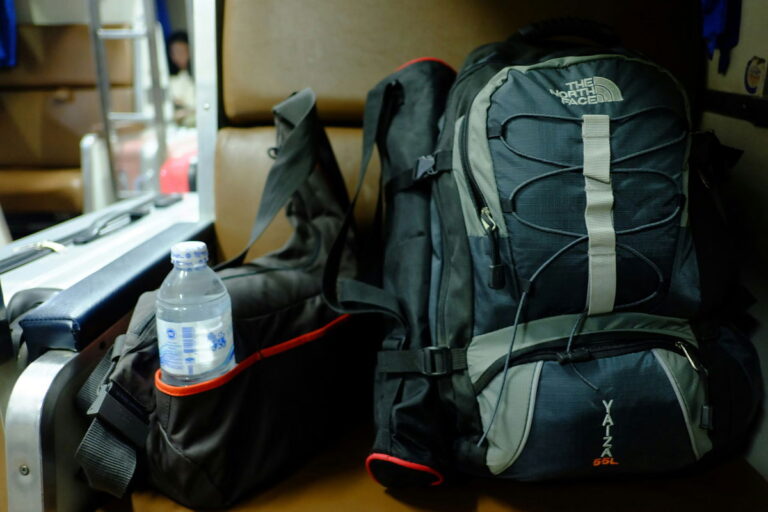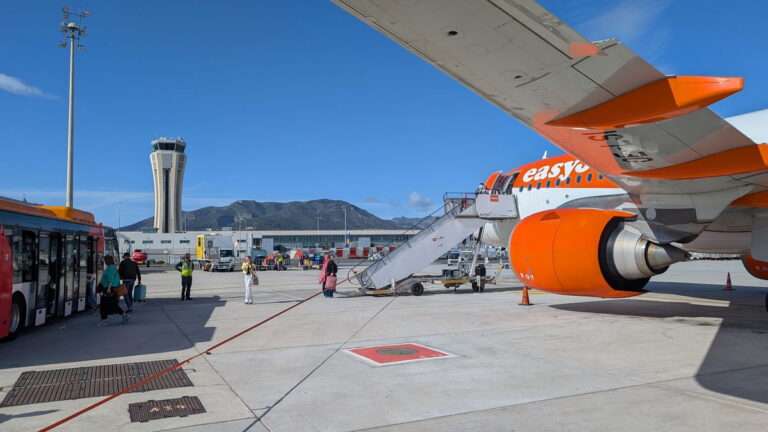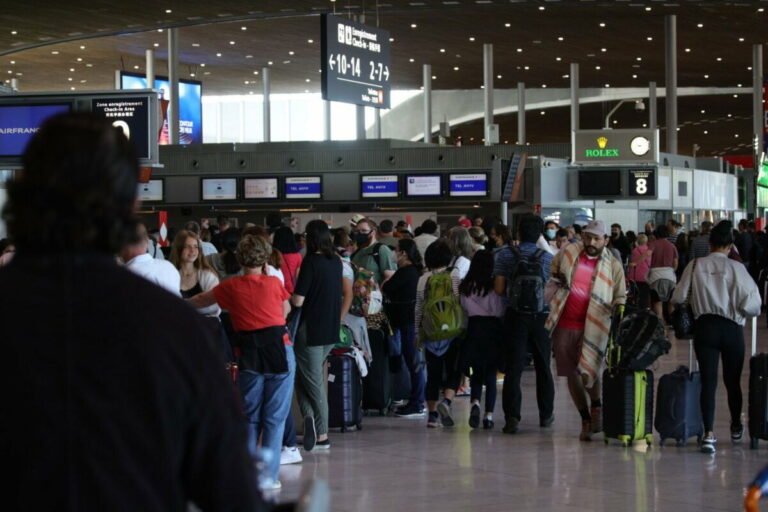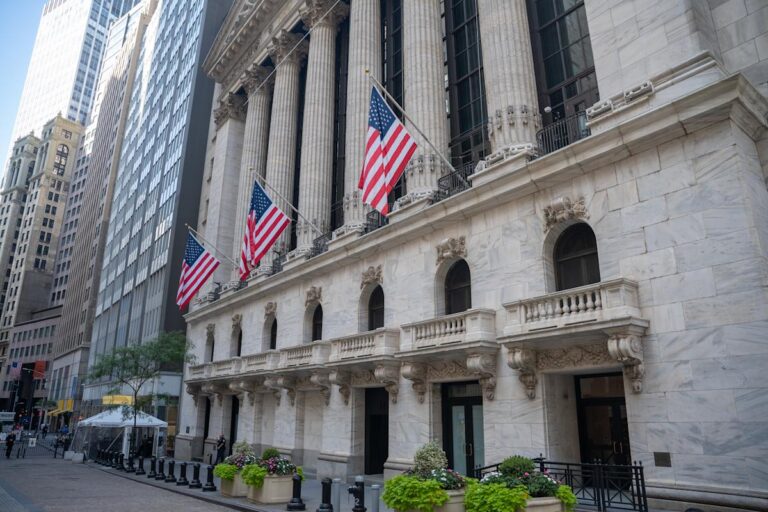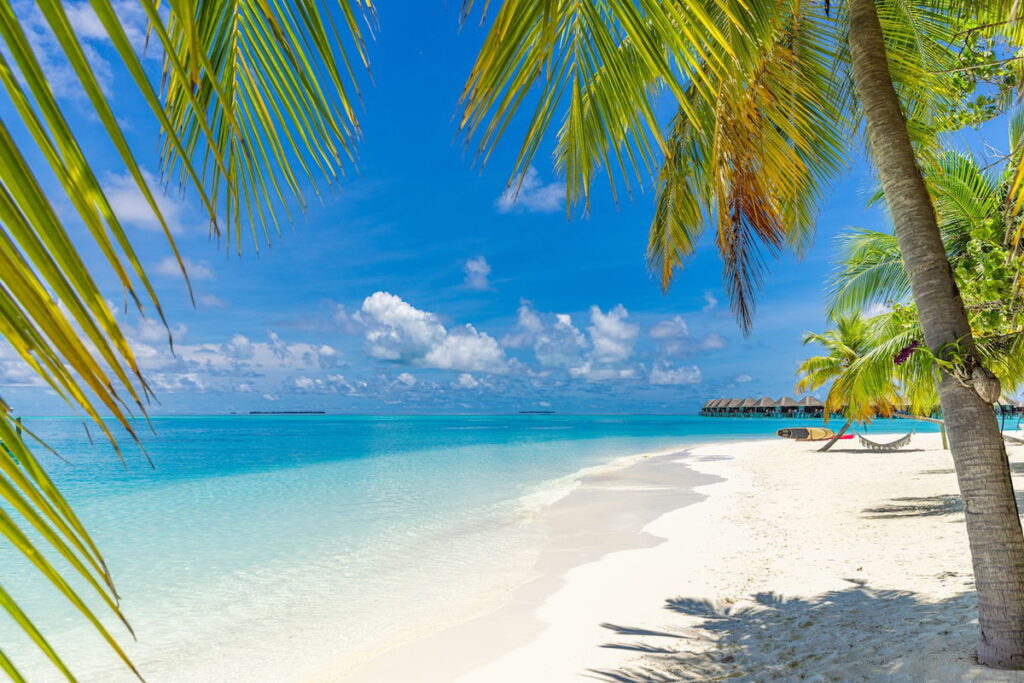
The world’s most dangerous holiday destinations for Brits and Americans revealed — and one hotspot is a tourist favourite.Credit: icemanphotos, Shutterstock
The most dangerous countries for tourists revealed: Brits and Americans warned as holiday hotspots dominate the danger list.
Fancy a break in paradise? New research has unveiled a shock list of the world’s most dangerous holiday destinations — and Brits and Americans might want to check their itineraries before packing the suncream.
While sun, sea, and beer may be top of your wish list, the stark truth is that some of the world’s most popular destinations are also the riskiest, with dangers ranging from violent crime to full-blown armed conflict. The rankings in this article take into account the likelihood of someone visiting these countries for a holiday.
The usual suspects: Russia, Yemen, Iran, Syria and Somalia
Several destinations remain no-go zones according to both the UK Foreign Office and US State Department. Russia’s war in Ukraine and its authoritarian crackdowns make it a hostile destination for Westerners, while Yemen, Iran, Syria, and Somalia remain engulfed in conflict and terrorism risks. All feature on the UK Government’s “Do Not Travel” list. Since these are not usually considered tourist destinations, we have not ranked at the top.
Europe not as safe as you think
Europe might feel closer to home for British holidaymakers, but safety is far from guaranteed. Greece and France both rank among Europe’s least safe destinations (excluding war-torn Russia and Ukraine), with the UK itself also sliding into Europe’s top 10 most dangerous. The USA fares even worse globally, ranking as the 14th most dangerous country for tourists.
Philippines tops the danger charts for tourist destinations
The biggest shock comes with the Philippines bagging the unwanted crown as the world’s most dangerous tourist destination, according to a detailed study looking at 35 separate risk factors — everything from violent crime to natural disasters and dodgy healthcare. Despite this grim ranking, over 5.4 million international visitors still flocked to its idyllic beaches in 2024, with hotspots like Boracay and Palawan proving irresistible. While strictly speaking it may not be as dangerous as some other countries in this list, it’s a popular tourist destination. There are areas of the Philippines that are considered ‘no-go’ zones for tourists due to Islamic extremist groups that operate in the area (particularly around the Mindanao region). Kidnappings and murders are not uncommon.
Colombia, Mexico and India hot on its heels
Coming in second is Colombia, where drug cartels, violent crime, and civil unrest continue to plague parts of the country despite its breathtaking scenery. Mexico lands third place, a shock given its booming tourism industry that welcomed 45 million visitors last year. But with cartel violence and corruption still rampant in parts of the country, the sombrero holiday snaps can quickly turn into something far darker.
India also features high on the danger list, with scams, sexual assaults, and political unrest creating hazards for unwary tourists.
The US Government’s level-four danger zones
The US State Department currently lists 22 countries as “do-not-travel” destinations as of June 2025, warning of terrorism, kidnapping, armed conflict, and even piracy in some regions:
- Afghanistan: Terrorism, civil unrest, and kidnappings plague this war-torn country. The US Embassy in Kabul closed in 2021.
- Belarus: Civil unrest and close military ties to Russia make this risky, with US embassy operations suspended since 2022.
- Burkina Faso: Terrorist groups actively target Westerners; kidnappings and armed attacks are frequent.
- Central African Republic: Decades of instability, armed groups, and kidnappings.
- Democratic Republic of Congo: Armed conflict and kidnappings, especially in the east.
- Haiti: Gangs rule Port-au-Prince amid widespread violence, armed robberies, and kidnappings.
- Iran: Arbitrary detentions of foreign nationals, civil unrest, and regional tensions with Israel.
- Iraq: Ongoing threats from ISIS and militia groups; terrorism and kidnappings remain rampant.
- Israel, Gaza & West Bank: An ongoing and highly volatile conflict zone. Extremists have struck airports, malls and tourist hubs.
- Lebanon: Terrorist activity and armed conflict near the borders; recent embassy attack in Beirut.
- Libya: Civil war, terrorism, and lawlessness; no functioning US embassy since 2014.
- Mali: Terror groups targeting foreigners, especially outside Bamako.
- Myanmar: Military rule, civil unrest, and violent crackdowns after the 2021 coup.
- North Korea: Detentions of foreign tourists and extreme government control; the Otto Warmbier case remains a grim warning.
- Russia: Hostile to US and UK nationals, with threats of detention, drone attacks, and ongoing war.
- Somalia: Terrorism, kidnappings and piracy off its coastline.
- South Sudan: Civil conflict continues to rage; embassies have evacuated staff.
- Sudan: Civil war in Khartoum, Darfur and beyond; airports closed, heavy fighting ongoing.
- Syria: War-torn and unstable with a high risk of terrorism, kidnappings and detention.
- Ukraine: Active war zone with Russian attacks still ongoing.
- Venezuela: Political instability, crime, and detentions of foreigners; embassies closed.
- Yemen: Ongoing war, terrorism, and risks even in areas advertised as tourist spots.
The safest countries? No surprises there.
At the other end of the spectrum, Iceland wins the crown as the world’s safest destination, followed by Singapore, Denmark, Austria and Switzerland. Ireland also sneaks into the top 10 safest places to travel.
As HelloSafe, the group behind the research, neatly summed up: “The results sometimes contradict preconceived ideas. A country’s safety and the feeling of security are often essential criteria for international travellers.”
So before you book that bargain break, it might be worth swapping the flip-flops for a flak jacket — or at least checking the Foreign Office advice. That ‘paradise island’ might not be quite the postcard dream you imagined.
Get more original travel news.
More US news.

